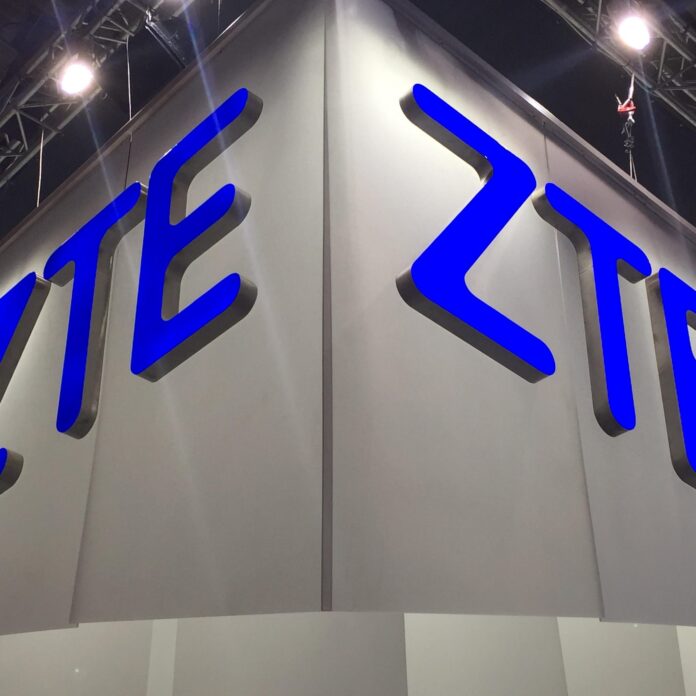Chinese vendor ZTE is seeing a rapid migration to standalone (SA) 5G network in China, because local carriers are already upgrading their 5G networks to 5G SA, Chen Qiong, ZTE’s CTO of Multinational Tier 1 operator business unit, told RCR Wireless News.
“The evolution from Non-standalone (NSA) to SA 5G is already underway in China. In 2019, China Mobile, China Telecom and China Unicom had commercially launched 5G in NSA mode while most of commercial terminals supported NSA 5G but not SA 5G. In 2020, however, most new deployments will be in SA or NSA+SA mode and those NSA sites deployed earlier will be upgraded to SA, as the commercial terminals in the market now support SA 5G,” the executive said.
“Although China is affected by COVID-19, 5G, as an infrastructure, will become even more important during the pandemic and economy recovering period, which is why the evolution to SA 5G in China is accelerating,” Chen said.
He added that ZTE is currently engaged in 5G contracts with China Mobile, China Telecom, China Unicom and China Broadcasting Network.”The partnership between ZTE and the four operators are longstanding and strong. ZTE has been working very closely with all of them from the very beginning for the 5G projects, and has helped them launch the commercial 5G services. SA 5G is now the center of all these projects,” he added.
In 2020, ZTE’s overall market share at the three major Chinese operators is more than 30%. In these 5G projects, ZTE provided end-to-end 5G solutions, including Common Core (which is based on virtualized solution capable of supporting both 4G and 5G), NSA+SA dual mode base stations and high performance massive MIMO AAU, the executive said.
Commenting on the main benefits of the SA architecture, Chen noted that this type of network can take advantage of the innovative 5G air interface technology to the full extent. “SA offers significantly better performance than NSA particularly for high-traffic areas. With the introduction of virtualized 5GC, edge computing, and network slicing, SA can provide ultra-low latency as low as 1 ms, which makes possible brand new vertical industry applications that NSA 5G cannot achieve.”
“After more than two years of study, operators now understand first-hand the full potential of 5G SA network. While business-to-customer services are still the strong base of the operators, business-to-business services are becoming a growth engine for the future, which is exactly a trend that we are witnessing in China, as the Chinese operators now understand that the promises of 5G would never be fully realized without business-to-business applications and services made a reality with 5G SA.”
Chen also highlighted that ZTE has cooperated with a lot of operators in Europe and Asia Pacific for 5G SA trials and tests. “ZTE has been working closely with Orange from 2017 to study 5G SA. And in 2018, we cooperated with European operators to test and verify SA in Spain. The tests and verification are still going on in Spain, Belgium, France, Austria, Belarus, Thailand and Indonesia.”

